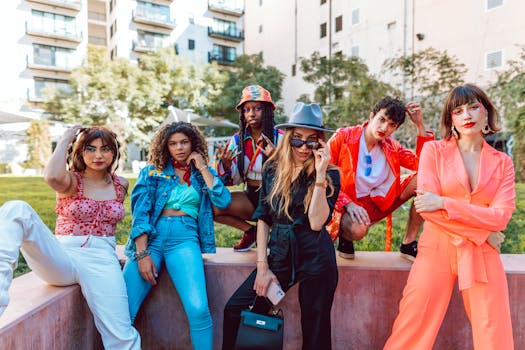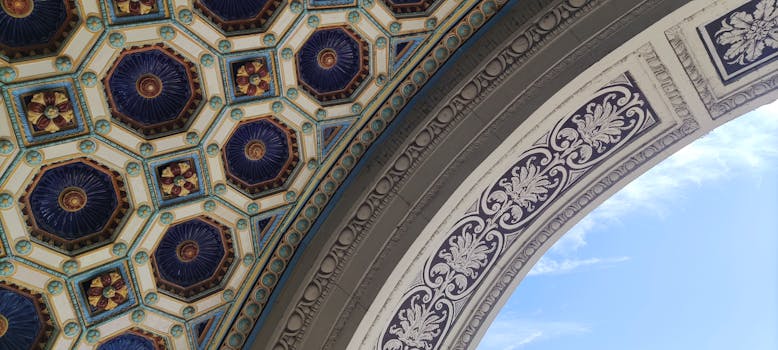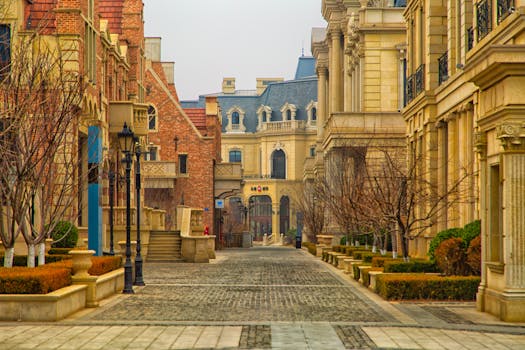Introduction to African Art and Western Modernism

African art has played a significant role in shaping the landscape of Western modernism. While initially dismissed by Western artists and critics, the unique forms, colors, and surfaces of traditional African art have inspired a range of avant-garde movements starting in the late 19th century and continuing into the 20th century. This post explores the intersections of these two diverse artistic expressions, shedding light on their lasting impact on contemporary art.
Discovering African Art

The late 19th and early 20th centuries brought an increasing awareness and interest in African art among Western artists. Influenced by colonial exhibitions and artifacts that infiltrated European museums, renowned artists like Pablo Picasso and Henri Matisse began to incorporate stylistic elements drawn from African masks and sculptures. These pieces emphasized abstraction and distortion, leading to groundbreaking shifts in perspective on form and space in modern art.
Influence on Key Artistic Movements

The impact of African art spread further than just individuals; it profoundly influenced entire movements. The Fauvism movement, led by Matisse and Andre Derain, borrowed bold color schemes inspired by African pieces, while the Cubist movement embraced the geometric abstraction reminiscent of African forms. These artists, among others, pursued original methods of representation, resulting in a departure from the forms of traditional European art.
The Contribution of the Harlem Renaissance

The broadbanding of African aesthetics intersected notably with the Harlem Renaissance in the 1920s, highlighting African-derived art as a vehicle of cultural pride and identity. Artists such as Allan Edmund and Romare Bearden revived ancestral conditions through their artworks, challenging Western narratives and affirming cultural significance. This movement showcased a burgeoning interest in African heritage, highlighting intellectual and artistic fusion across two worlds shaped profoundly by past influence.
Lasting Legacy of African Art in Contemporary Western Art

Today, we see lines of descent tracing from African influence to mainstream contemporary art. Artists like Gehry, David Hammons, and Yinka Shonibare have cemented the footsteps of Africa in their works, combining intricate histories with modern themes. They challenge standard ideologies and embrace African aesthetics as a catalyst for discussions around identity, colonialism, and globalization. The intertwining of African tradition with modern techniques and arguments illustrates how dynamic and impactful this exchange remains in shaping current artistic practices.
Key Takeaways

- African art initiated pivotal forms of modernism in the West, inspiring movement-style transitions.
- Functional and communal aspects of African art brought forth in Western context suggests a broader rewriting of art history.
- The collaboration of diverse influences abroad underscores globalization in modern artistic conversations.


